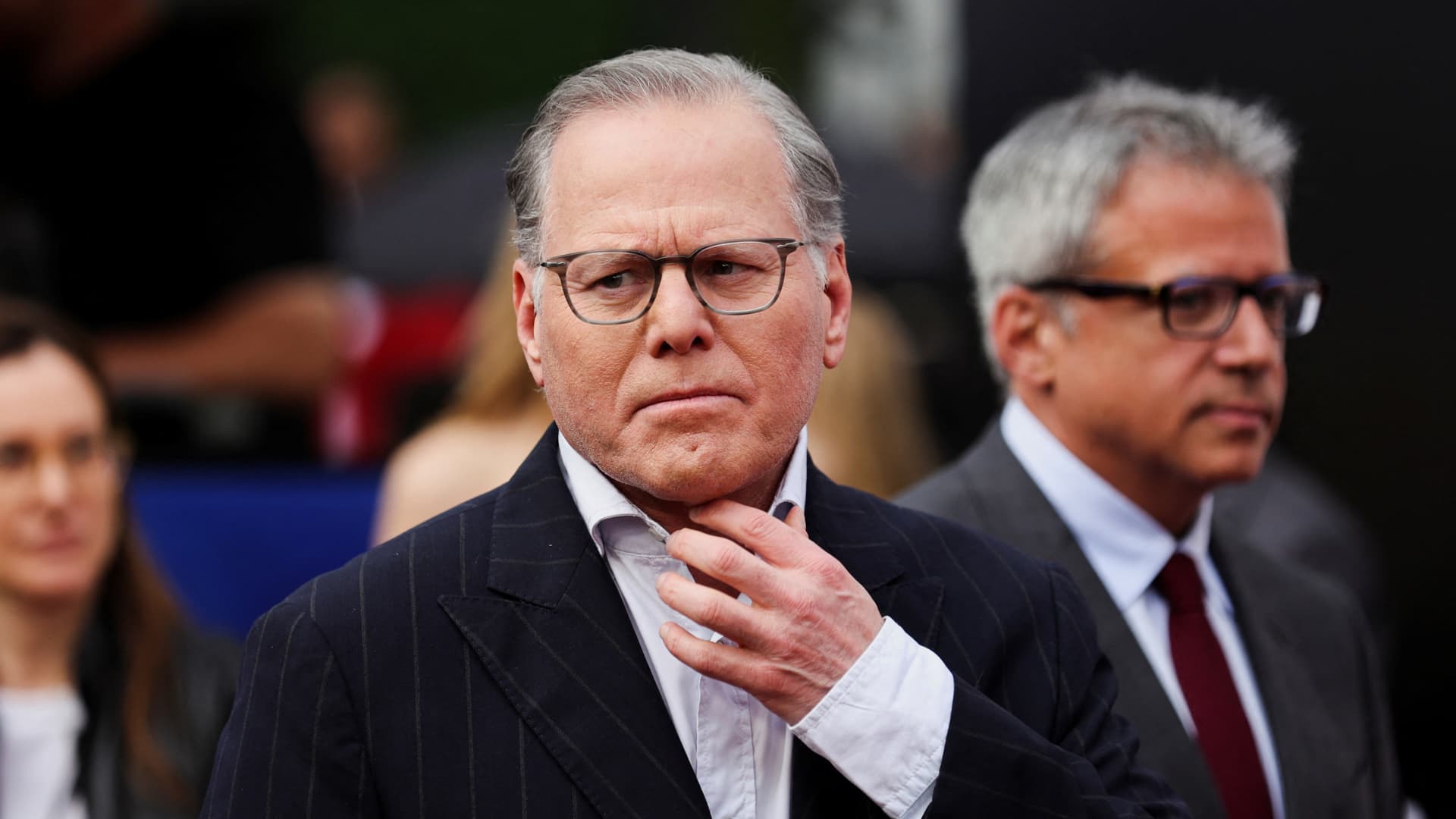CNBC Sport: House vs. NCAA settlement brings new athlete pay
Paige Bueckers #5 of the Connecticut Huskies dribbles the ball against the Iowa Hawkeyes during the second half in the NCAA Women's Basketball Tournament Final Four semifinal game between Connecticut and Iowa at Rocket Mortgage FieldHouse on April 5, 2024 in Cleveland, Ohio.
Thien-an Truong | ISI Photos | Getty Images Sport | Getty Images
A version of this article first appeared in the CNBC Sport newsletter with Alex Sherman, which brings you the biggest news and exclusive interviews from the worlds of sports business and media. Sign up to receive future editions, straight to your inbox.
The sports world is waiting on a finalized settlement for House v. NCAA, the landmark resolution that will define new rules allowing universities to directly pay their athletes. The final OK from Judge could happen as soon as this week.
Assuming the settlement is approved, several important things will change – perhaps the two biggest being:
1) It will create a revenue-sharing model that will allow schools to directly pay certain student-athletes – initially about $20 million per year.
2) About $2.8 billion will be allocated to former Division I college athletes who played from 2016 to 2024. (For athletes that graduated in 2015, I feel your pain.)
There are a number of outstanding issues that will need to be taken care of in the coming months. One is oversight of the new system. As ESPN reported this week, the NCAA will no longer be responsible for ensuring payment rules are followed. Instead, a new enforcement committee – the College Sports Commission – will be in charge of doling out punishments for rule-breakers. You can almost be certain that plenty of schools will look for loopholes or push the limits of what's allowed as they try to compete.
This new House settlement won't stop name, image and likeness collectives, though some will be shut down. This is already happening.
But mid-market Division I schools will need every dollar they can get. It's a topic I discussed with former ESPN senior NBA insider and current St. Bonaventure University men's basketball General Manager this week's On The Record guest.
"We've got to be able to get high-major players for mid-major money in the Atlantic 10," Woj told me. "You need high major players to win in our league. I feel like we've got several of them in this recruiting class, but it is a constant challenge for schools."
There are so many interesting threads to pull on as college athletes move from amateurism to professionalism. How the money is allotted to the biggest sports at the biggest sports schools – versus smaller sports and schools – will certainly be a theme for years.
I'm very worried about how March Madness may lose its magic, as I wrote about last month. To me, that event – enormously important to both men's and women's college basketball and their media partners – stands out among all other big-money tournaments because it's the only one where you can have true David vs. Goliath stories, with small schools beating the mighty on the biggest stage.
Woj told me he agrees that the days of major March Madness upsets may be going away. All four No. 1 seeds made the NCAA Final Four this year.
"It does take away the magic," Woj said. "What you're seeing right now is the Power Four conferences (the Big Ten, the Big 12, the ACC, and the SEC) are really dictating the rules, the landscape. You're seeing with this House settlement. It's the Power Four leagues deciding the rules and how this is going to go, and all of that, literally, all of it is to benefit them."
If there are any surprises from Judge Wilken, I'll write more about it next week.
The CNBC Sport newsletter with Alex Sherman brings you the biggest news and exclusive interviews from the worlds of sports business and media, delivered weekly to your inbox.
One other subject I wanted to touch on briefly – YouTube released its weekly top podcast list for the first time. Perusing the top shows, I was struck by something — not a lot of sports!
It's the polar opposite of traditional TV, where sports (particularly the NFL) dominate the ratings. NBC's "Sunday Night Football" finished the 2024-25 TV season, which concluded yesterday, as primetime's No. 1 show for its 14th consecutive year.
This was quite evident at last week's advertising upfronts, where sports programming frequently led media companies' presentations.
A few interesting takeaways:
1) People still want to watch non-sports content, but they've moved away from the traditional TV ecosystem.
2) Sports may be too immediate for the on-demand podcast world. It's basically the inverse of why sports dominate in a live TV setting. Sports are immediate, but they're also fleeting. There's not a lot of value in listening to a three-day old sports podcast, but there's plenty of value for a time-delayed comedy, true-crime or idea-based political podcast.
3) Of the sports content that did make the Top 50 ("The Show," "Club Shay Shay"), the shows tend to be broader in focus than just sports. McAfee is willing to go in many different directions. "Club Shay Shay," a weekly podcast hosted by former Denver Broncos star is a standard interview show, even if many of the guests are athletes.
This third point is particularly salient to ESPN, which will need to start programming for a streaming world outside of traditional TV with the launch of its $29.99 all-access service this fall. It will be interesting to see if ESPN invests in broader content that is sports-adjacent to keep people subscribing to the service. That would be a change for a network that's recently moved away from polarizing political topics to emphasize its focus on sports.
With St. Bonaventure University men's basketball general manager and former ESPN reporter ...










